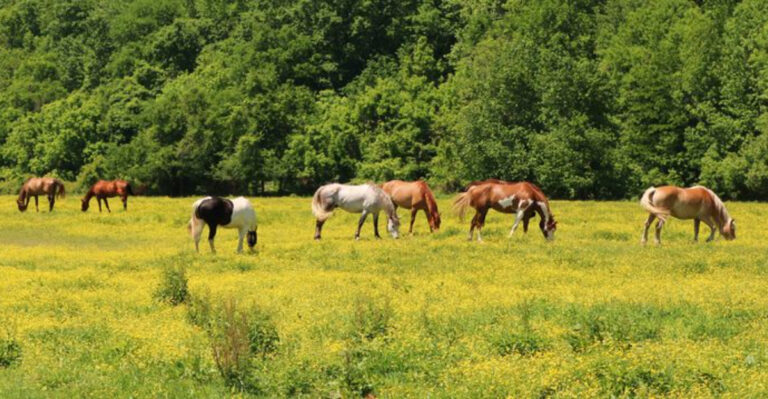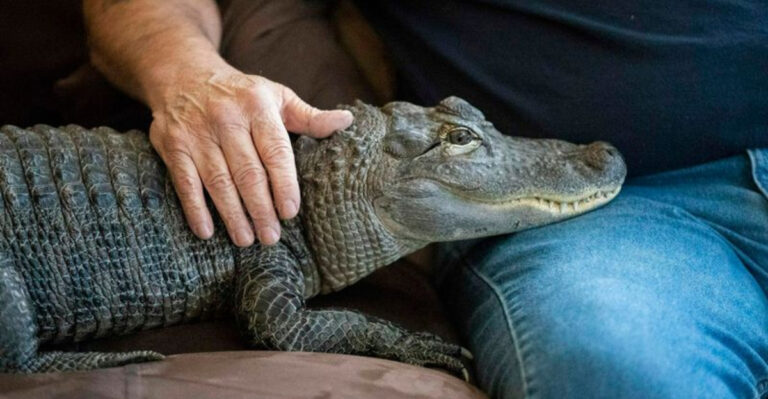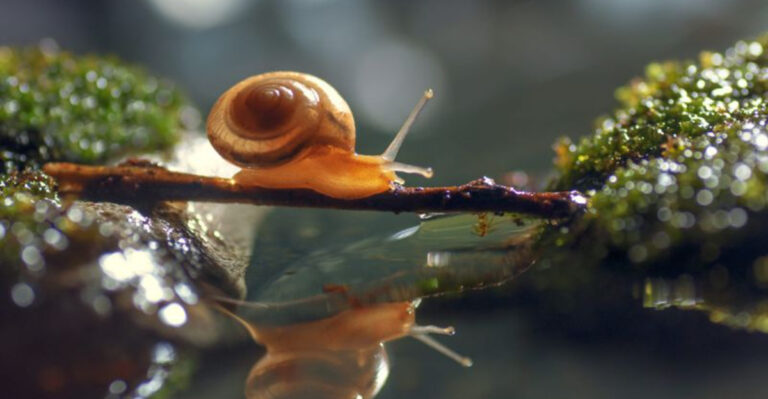10 Stealthy Forest Felines And 5 Fierce Desert Wild Cats Of North America
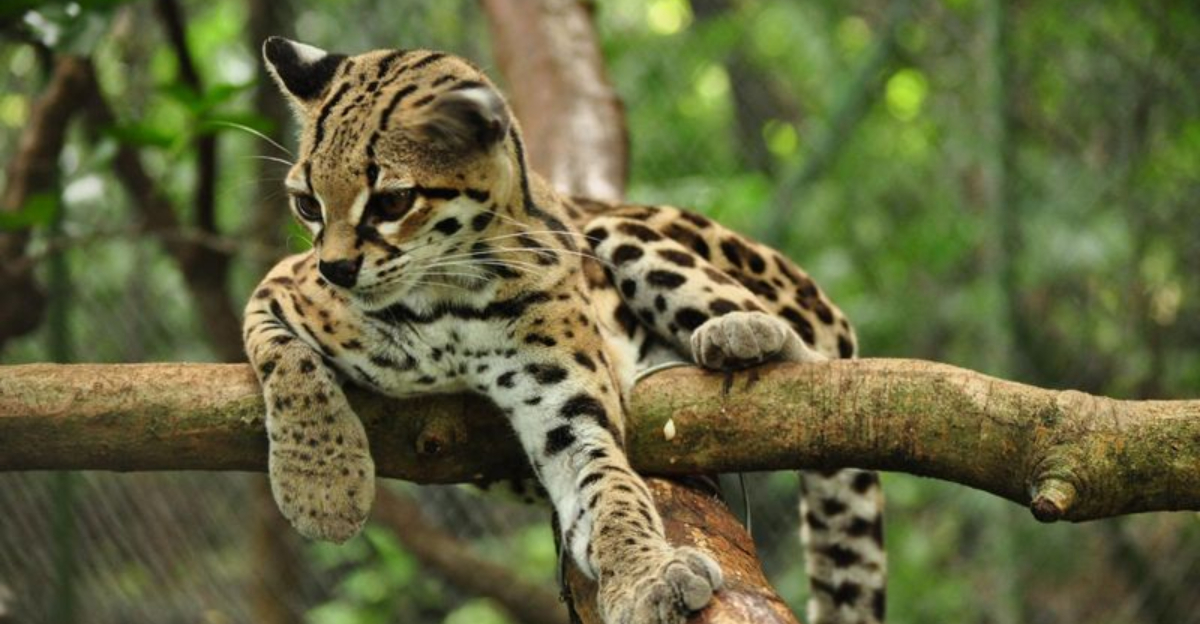
Wild cats roam across North America, from dense forests to scorching deserts.
These magnificent predators have adapted perfectly to their environments, developing unique hunting techniques and survival skills.
Whether silently stalking prey through pine needles or patiently waiting in desert brush, these felines represent some of the most successful hunters on the continent.
1. Bobcat: The Woodland Phantom
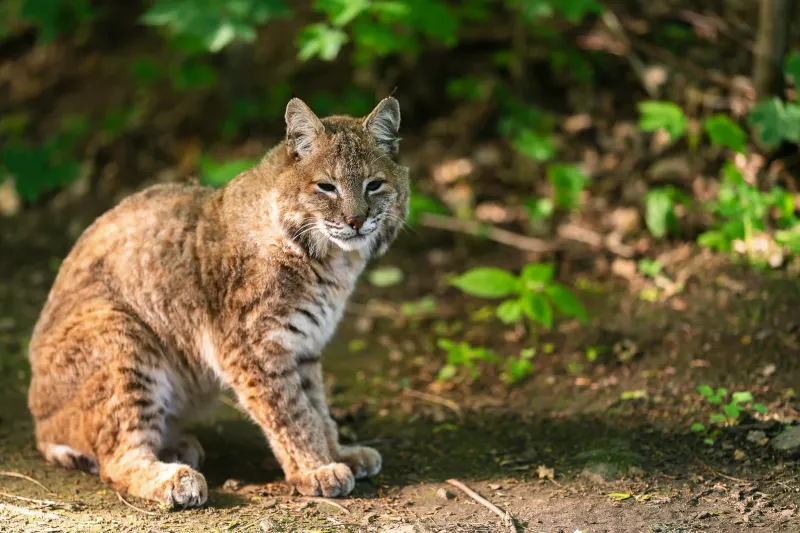
Tufted ears and a bobbed tail give this adaptable hunter its name. Weighing up to 40 pounds, bobcats silently patrol forests from Mexico to Canada.
Their spotted coat provides perfect camouflage among dappled forest shadows. Masters of stealth, they hunt rabbits, rodents, and occasionally deer. Bobcats can leap up to 10 feet in a single bound when pouncing on prey!
2. Canada Lynx: Snowshoe Specialist

With massive paws that act like natural snowshoes, the Canada lynx thrives in northern forests where deep snow would strand other predators. Their thick silver-gray fur keeps them warm in sub-zero temperatures. Specialized hunters, they’ve evolved alongside snowshoe hares, their primary prey. Their distinctive black-tipped tail serves as a built-in thermometer in frigid winters.
3. Mountain Lion: Ghost Of The Wilderness
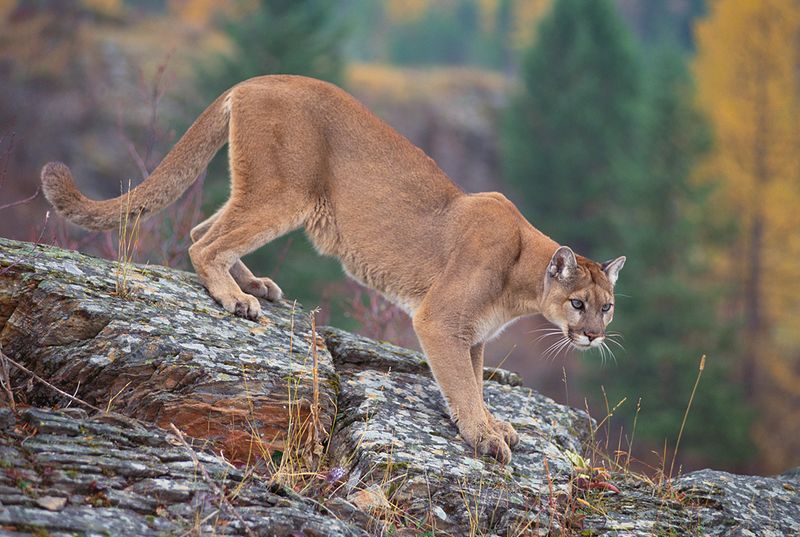
Known by many names—cougar, puma, panther—these powerful cats rule forest territories spanning up to 370 square miles. Muscular and agile, they can jump 15 feet vertically and 40 feet horizontally.
Unlike their roaring big cat cousins, mountain lions communicate through purrs, chirps, and whistles. Solitary ambush predators, they’ve been spotted from dense forests to suburban neighborhoods.
4. Ocelot: Jewel Of The Borderlands
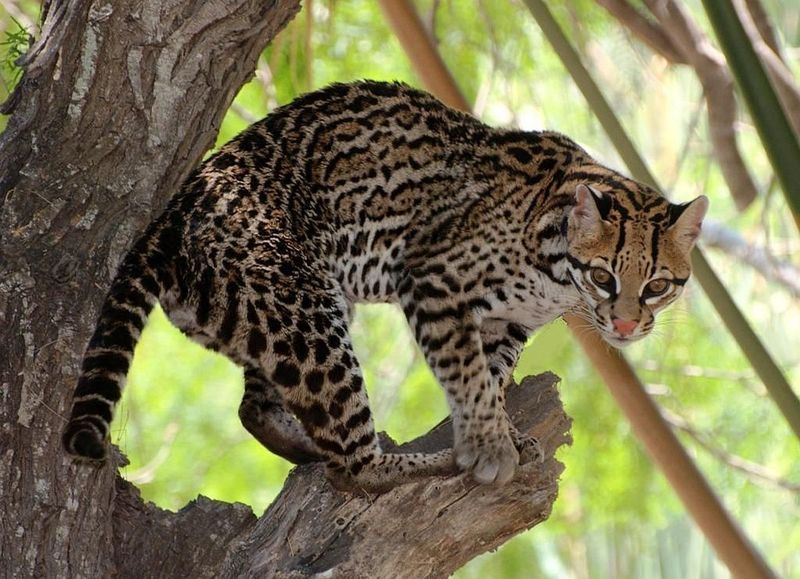
Gorgeous rosette patterns adorn the ocelot’s golden coat, creating natural camouflage in the forests of Texas and Arizona. Twice the size of house cats but smaller than bobcats, these medium-sized felines hunt primarily at night.
Their large eyes capture available light brilliantly in darkness. Sadly, fewer than 50 wild ocelots remain in the United States, making them a rare forest treasure.
5. Margay: The Treetop Acrobat
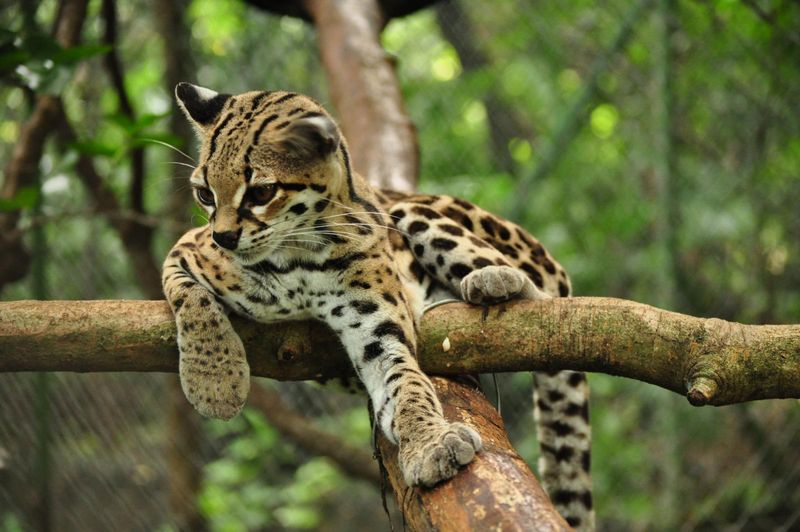
Ankle joints that rotate 180 degrees allow margays to descend trees headfirst like squirrels. These small spotted cats inhabit the southernmost forests of North America, particularly in Mexico.
Spending most of their lives in trees, they hunt birds, lizards, and tree-dwelling mammals. Amazingly, margays can mimic the sounds of their prey, including monkey calls and bird chirps, to lure potential meals closer!
6. Jaguarundi: The Otter Cat
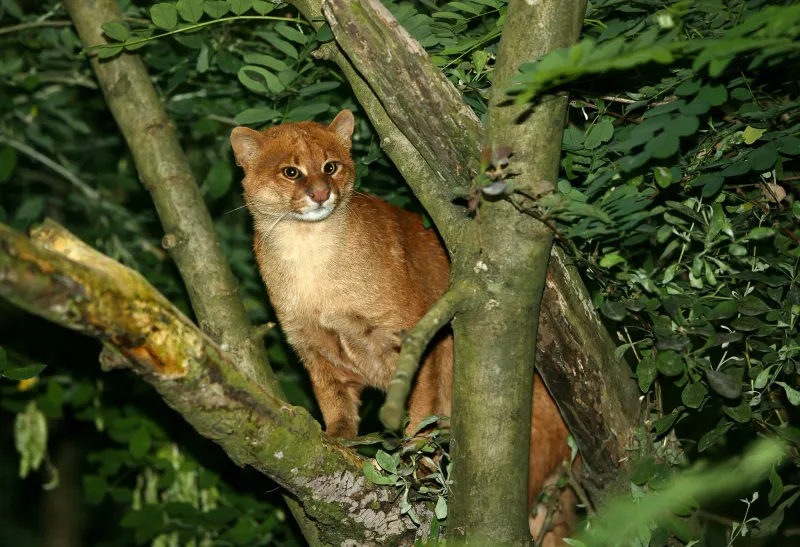
Unlike most forest cats, jaguarundis lack spots, sporting a solid reddish-brown or gray coat instead. Their elongated bodies and short legs give them an otter-like appearance as they slip through dense underbrush.
Active during daylight hours, they break the nocturnal cat stereotype. Jaguarundis produce an impressive 13 different vocalizations—more than many other wild cats!
7. Florida Panther: Endangered Swamp Shadow
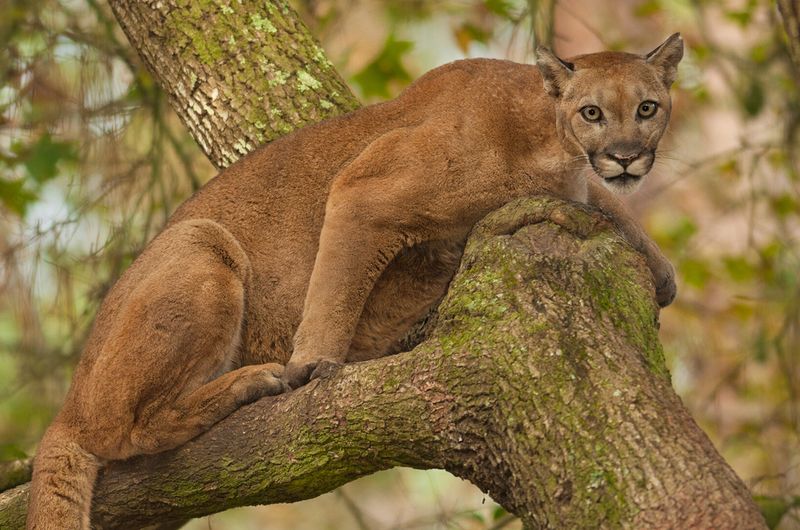
A subspecies of mountain lion, the Florida panther prowls through swampy forests and hammocks of the southeastern United States.
Once critically endangered with fewer than 30 individuals, conservation efforts have helped numbers climb to around 200 today. Their trademark kinked tail and cowlick on the back are genetic traits from inbreeding. Males patrol territories up to 200 square miles in size.
8. Jaguar: Borderland Behemoth
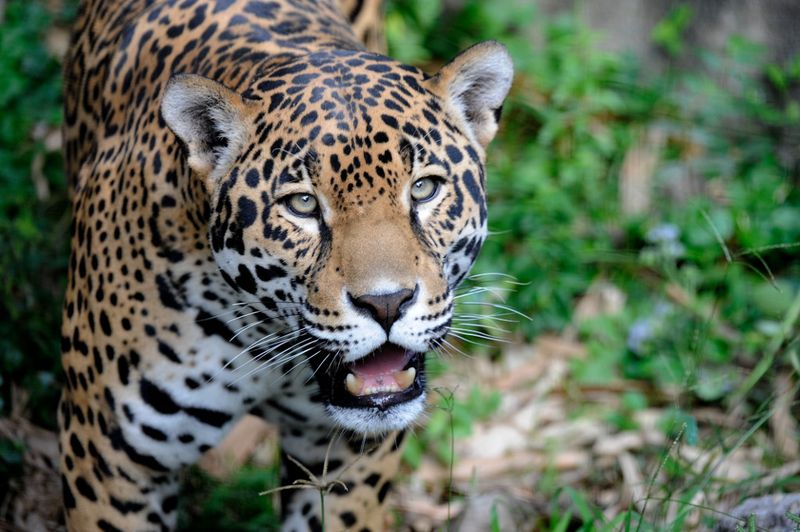
North America’s largest and most powerful cat, jaguars occasionally venture into southwestern forests of Arizona and New Mexico.
Their massive head and powerful jaws can crush turtle shells and pierce the skulls of prey. Unlike most cats, jaguars enjoy swimming and often hunt near water. Their rosette patterns contain small spots inside, distinguishing them from leopards found on other continents.
9. Eastern Cougar: The Forest Ghost
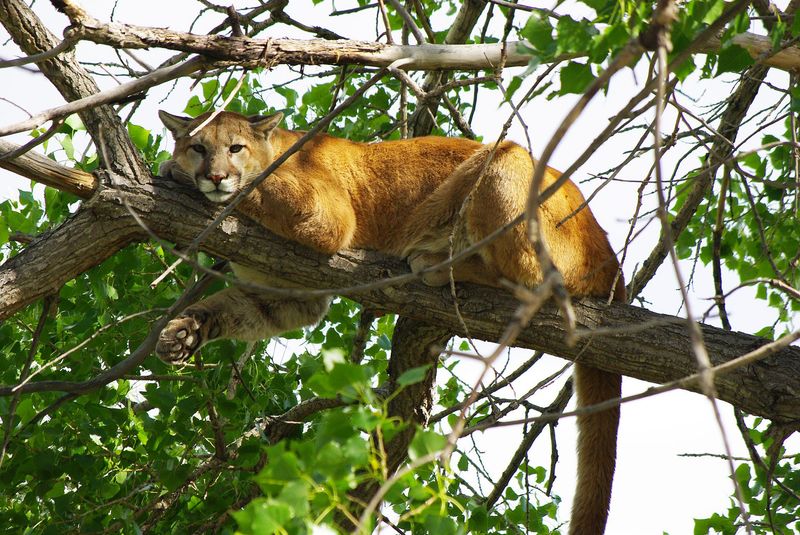
Though officially declared extinct in 2018, occasional sightings fuel belief that eastern cougars still haunt forests of the Appalachians and New England. These tawny predators once controlled deer populations throughout eastern woodlands.
Capable of taking down prey ten times their own weight, they were apex predators in deciduous forests. Some confirmed sightings are likely western mountain lions expanding eastward into ancestral territories.
10. Clouded Leopard: Border Phantom
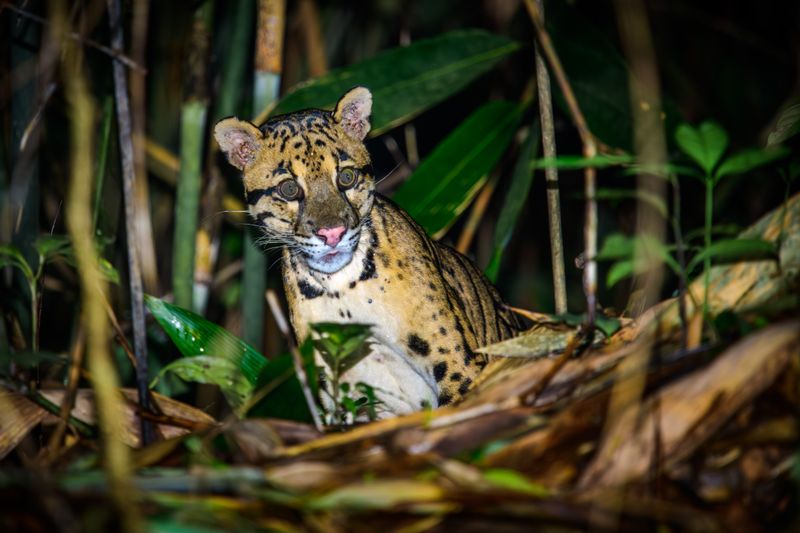
While primarily Asian, some researchers believe clouded leopards once extended into North American forests. With the shortest legs relative to body size of any cat, they navigate tree branches with remarkable agility.
Their canine teeth are proportionally longer than those of any other living feline – even tigers! Though unconfirmed in modern North America, fossil evidence suggests ancient presence along southern borders.
11. Desert Lynx: Mirage Hunter
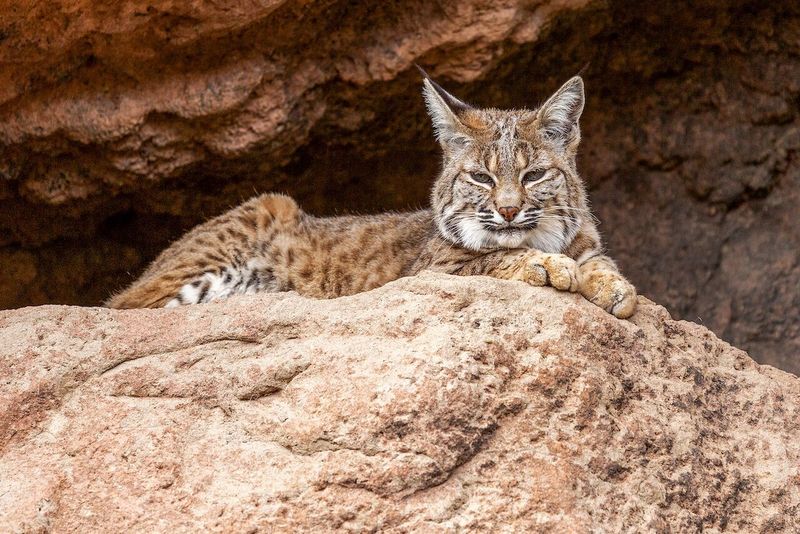
A desert-adapted variant of the bobcat, these lynx thrive in the harsh Sonoran and Mojave deserts. Their sandy-colored coats blend perfectly with sun-baked landscapes, while large ears dissipate heat and enhance hearing.
Active primarily at dawn and dusk, they avoid the scorching midday sun. Their concentrated urine helps conserve precious water in arid environments where every drop counts.
12. Sonoran Jaguar: Desert Emperor
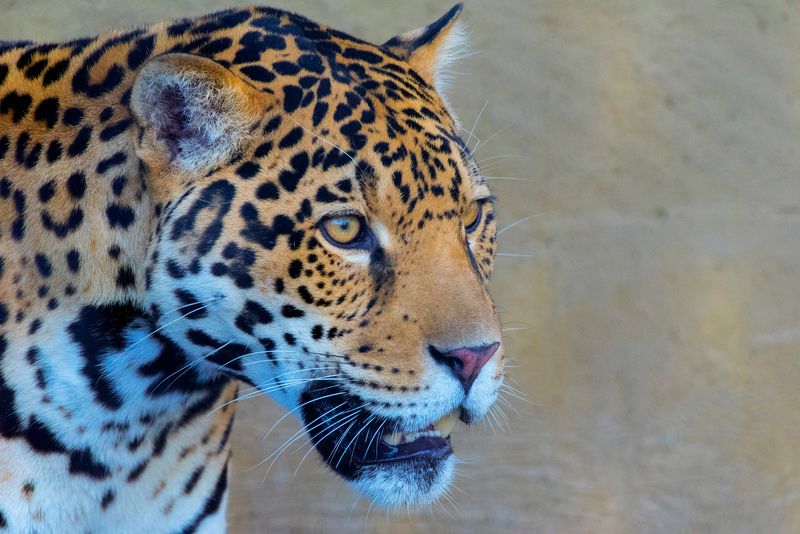
Rarely glimpsed, these magnificent spotted cats occasionally cross from Mexico into Arizona’s desert borderlands. Adapted to extreme heat, they follow desert waterways and mountain corridors where prey concentrate.
Males can weigh over 200 pounds – true apex predators of the arid Southwest. Camera traps have confirmed their presence, thrilling conservationists working to protect corridors between desert mountain ranges.
13. Desert Mountain Lion: Canyon King
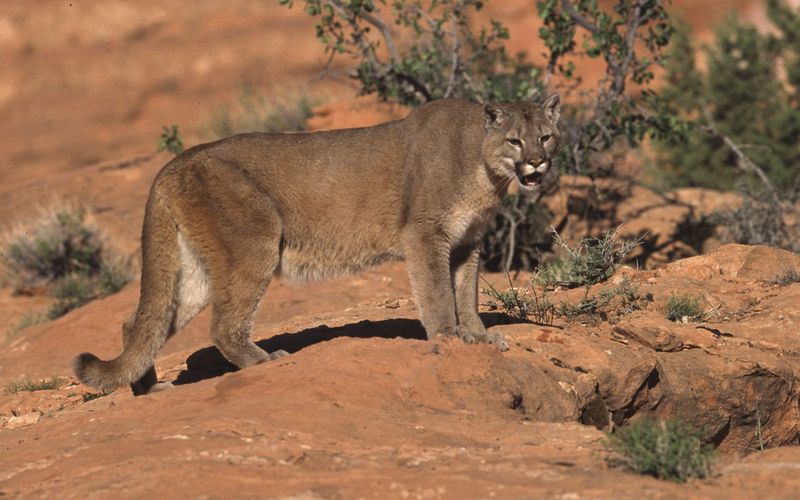
Leaner than their forest cousins, desert mountain lions have adapted to survive in North America’s harshest landscapes. Specialized hunting techniques allow them to take down desert bighorn sheep on seemingly impossible cliff faces.
Their territories span hundreds of miles of canyon country. Remarkably efficient hunters, they’ve learned to conserve energy by traveling during cooler hours and resting in shaded grottos during intense desert heat.
14. Coahuilan Bobcat: Cactus Phantom
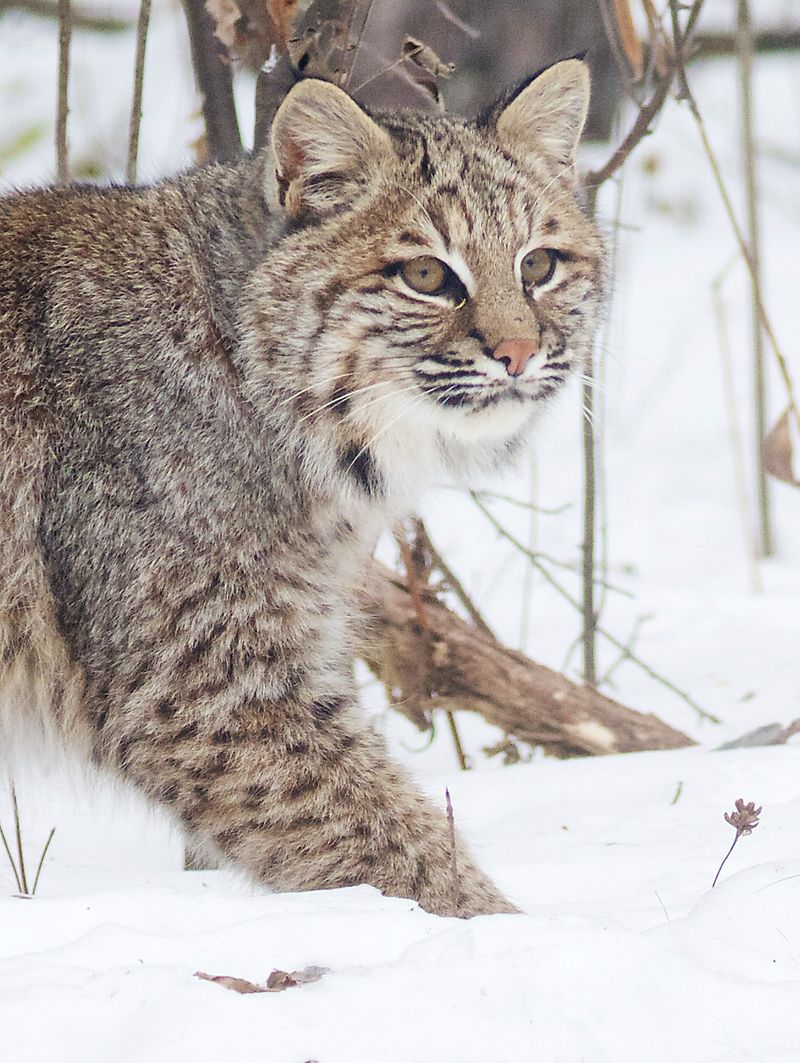
Specially adapted to life among thorny plants, these desert bobcats have developed thicker foot pads to navigate cactus-studded landscapes.
Their coloration tends toward rusty-red, blending perfectly with the iron-rich soils of the Chihuahuan Desert. Masters of water conservation, they can derive most moisture from their prey. Their diet includes desert tortoises, which they flip over to access the soft underbelly.
15. Caracal: Elegant Deserter
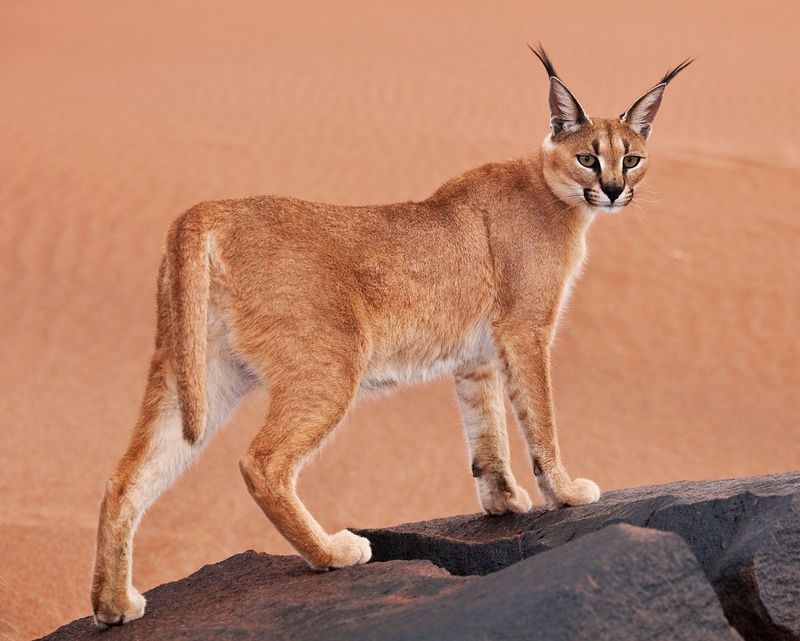
Venturing to the desert fringe, we encounter the enigmatic caracal, a cat of striking beauty and elegance. Its long, tufted ears and sandy coat allow it to blend effortlessly into its arid surroundings.
The caracal’s powerful hind legs enable it to leap great distances, catching birds mid-air with remarkable precision. This feline’s keen sense of hearing aids in detecting the faintest sounds, making it a formidable nighttime hunter.
Fun fact: The name ‘caracal’ is derived from the Turkish word ‘karakulak,’ meaning ‘black ear,’ a nod to its distinctive ear tufts.

